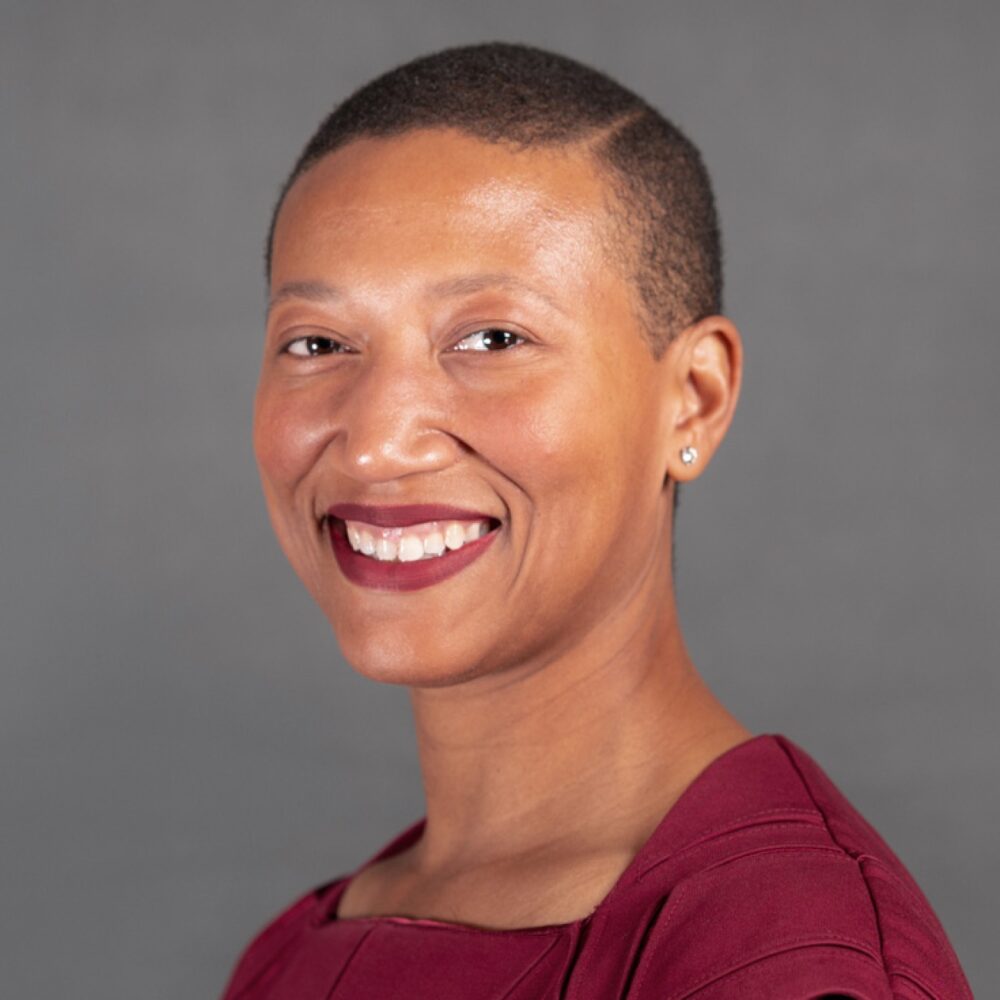
According to Kimberly Dowdell, there are so few Black women architects that most of them can tell you where they stand in the order of Black women who have received their licenses. She is number 295.
While it’s a small number, the Chicago-based architect recently added an even smaller one to her résumé – number one. In December, the American Institute of Architects selected Dowdell, principal of global design firm HOK, as its president, making her the first Black woman to fill the role. Her appointment marks a huge stride for the organization, which was founded in 1857 and has historically consisted of mostly white men. In a recent interview with Bloomberg, Dowdell spoke on what it means for her to be chosen for the position.
“Particularly as a Black woman, because architecture has historically not had many people in leadership who are women or people of color, and certainly not women of color, I think it represents a new sense of hope for a more diverse future,” she said.
Less than one percent of architects are Black women. Dowdell, who served as president of the National Organization of Minority Architects from 2019 to 2020, partially blames this on low entry-level salaries and a high cost of education for architects. She said people from under-resourced families are often steered towards higher-paying jobs in fields like medicine and law. One of her goals in her new post is to advocate for better pay for architects.
“Part of the reason why I think focusing on the money piece is important is because it does actually have an impact on people’s decision-making to pursue architecture,” she told the outlet.
For the AIA, a large part of Dowdell’s appeal is her dedication to diversity and inclusion. She has served on numerous equity committees, where she has helped firm leaders design initiatives to foster a sense of belonging among employees.
“We have to show people what’s possible, we have to enable them to have access to the profession through education and licensure support to pay their basic expenses, and then we have to make sure that they are in firm or workplace environments that can help them to flourish,” she said.
At 40 years old, she is also the first millennial woman to serve as the AIA’s president. With half of the organization’s membership being over the age of 50, Dowdell has made it clear she intends to draw in some younger members. When she led the group’s annual leadership summit earlier this year, she chose “intergenerational workplace” as a theme, and led cross-generational conversations “about what the expectations are, particularly around return-to-office people wanting to work remotely.”
During her campaign for president, Dowdell’s slogan was “envision new possibilities.” The slogan encapsulates her forward-thinking approach to not only the study of architecture, but the field of architecture. “Having stepped into this position a week ago, I think it actually does help people to envision new possibilities, indeed,” she said.



